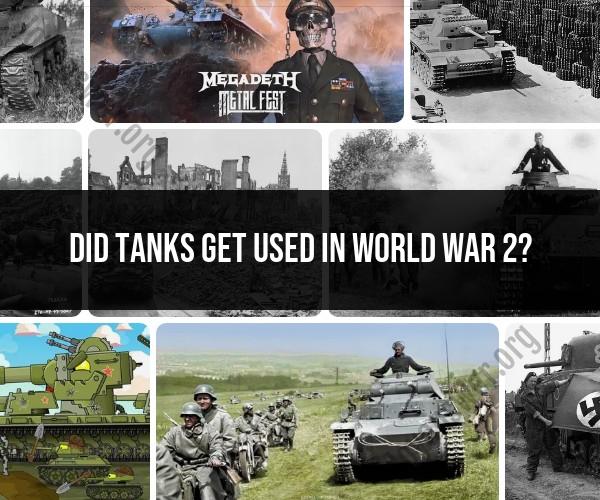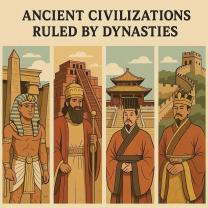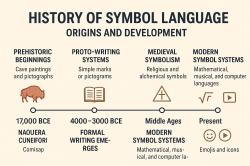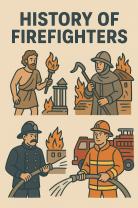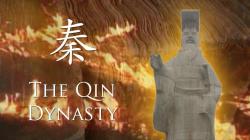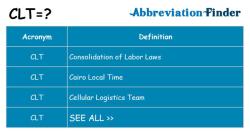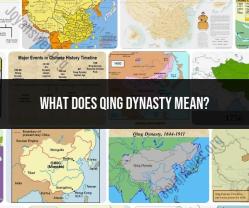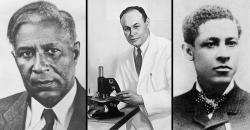Did tanks get used in World War 2?
Yes, tanks played a significant role in World War II and had a profound impact on the battlefield. World War II saw a dramatic evolution in tank technology and tactics, with tanks being used by both the Allied and Axis powers. Tanks were employed for various purposes during the war, including infantry support, breakthroughs of enemy lines, reconnaissance, and as part of armored divisions.
Here are some key aspects of tanks in World War II:
Role in Combined Arms Operations: Tanks were an integral part of combined arms warfare, working in coordination with infantry, artillery, and aircraft. They played a critical role in breaking through enemy defensive lines, providing cover for infantry, and capturing key objectives.
Technological Advancements: World War II witnessed significant advancements in tank technology. Tanks became larger, more heavily armored, and better armed. Notable tanks from the war include the German Tiger and Panther tanks, the Soviet T-34, and the American Sherman tank.
Armored Warfare: The war saw the development of armored warfare doctrines, where tanks were used en masse to achieve strategic objectives. Blitzkrieg, a German tactic, relied heavily on coordinated tank and infantry movements to rapidly advance and overwhelm enemy forces.
Eastern Front: The Eastern Front (Soviet Union vs. Germany) saw some of the most extensive tank battles of the war. The Soviet T-34, with its sloped armor and 76mm gun, was particularly effective against German tanks.
North African Campaign: Tanks played a crucial role in the North African theater, where British and Commonwealth forces faced off against the German Afrika Korps led by General Erwin Rommel. Tanks were essential in the desert terrain.
Pacific Theater: Tanks were used in the Pacific theater, particularly by the United States Marine Corps during island-hopping campaigns. The terrain and logistics in the Pacific presented unique challenges for tank warfare.
Normandy Invasion: Tanks played a critical role in the D-Day landings in Normandy in 1944. Allied tanks, including Sherman tanks, provided support for the infantry as they stormed the beaches.
Eastern Front Turning Point: The Battle of Kursk in 1943 on the Eastern Front was one of the largest tank battles in history. The Soviet victory marked a turning point in the war, and it demonstrated the importance of tanks in decisive battles.
Tanks in World War II contributed significantly to the outcome of battles and campaigns. They provided mobility, firepower, and protection for ground forces. However, the effectiveness of tanks depended not only on their design but also on the skill and tactics of the crews operating them. The war also led to the development of anti-tank weapons and strategies to counter armored threats.
Overall, tanks played a crucial role in shaping the course of World War II and remain a symbol of mechanized warfare during that era.
